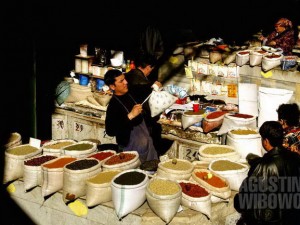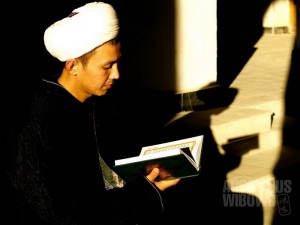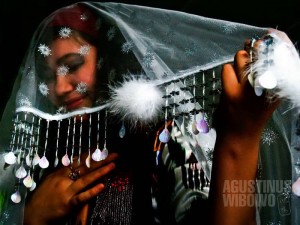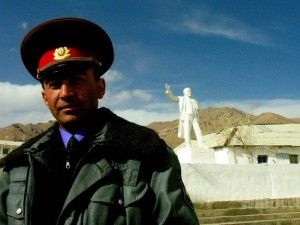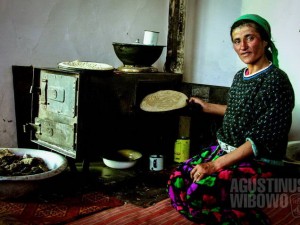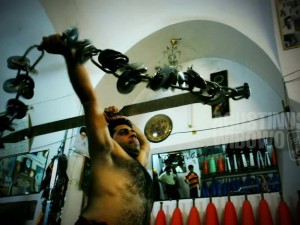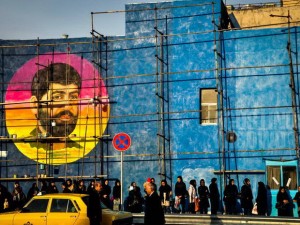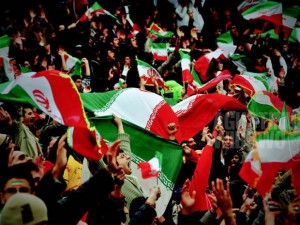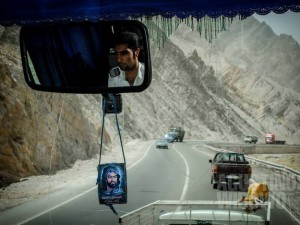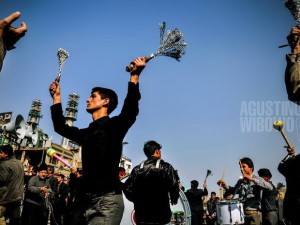#1Pic1Day: Danau Agung | The Great Lake (Little Pamir, Afghanistan, 2008)
The Great Lake (Little Pamir, Afghanistan, 2008) Lake Chaqmaqtin, the second biggest lake in Afghan Pamir after Zor Kol or Lake Victoria, is the water source of Murghab River. The lake is 9 kilometer and 2 kilometer in size. The lake water provides life to several nomadic Kirghiz settlements nearby. The north bank of the water body is the winter settlements while the south bank is for summer period. Behind the snow-capped mountains at the north side is Tajikistan’s Gorno Badakhshan Autonomous Oblast region. Danau Agung (Pamir Kecil, Afghanistan, 2008) Danau Chaqmaqtin, danau terbesar kedua di Pamir Afghan setelah Danau Victoria (Zor Kol), adalah sumber air utama bagi Sungai Murghab yang mengaliri Pamir di sisi Afghanistan maupun Tajikistan. Danau ini panjangnya 9 kilometer dan lebarnya 2 kilometer. Air danau menghidupi sejumlah permukiman nomaden Kirgiz di sekitarnya. Sisi utara danau adalah daerah permukiman di musim dingin, sedangkan sisi selatan danau adalah untuk musim panas. Di belakang pegunungan bertudung salju di sebelah utara danau itu adalah wilayah Tajikistan. [...]


